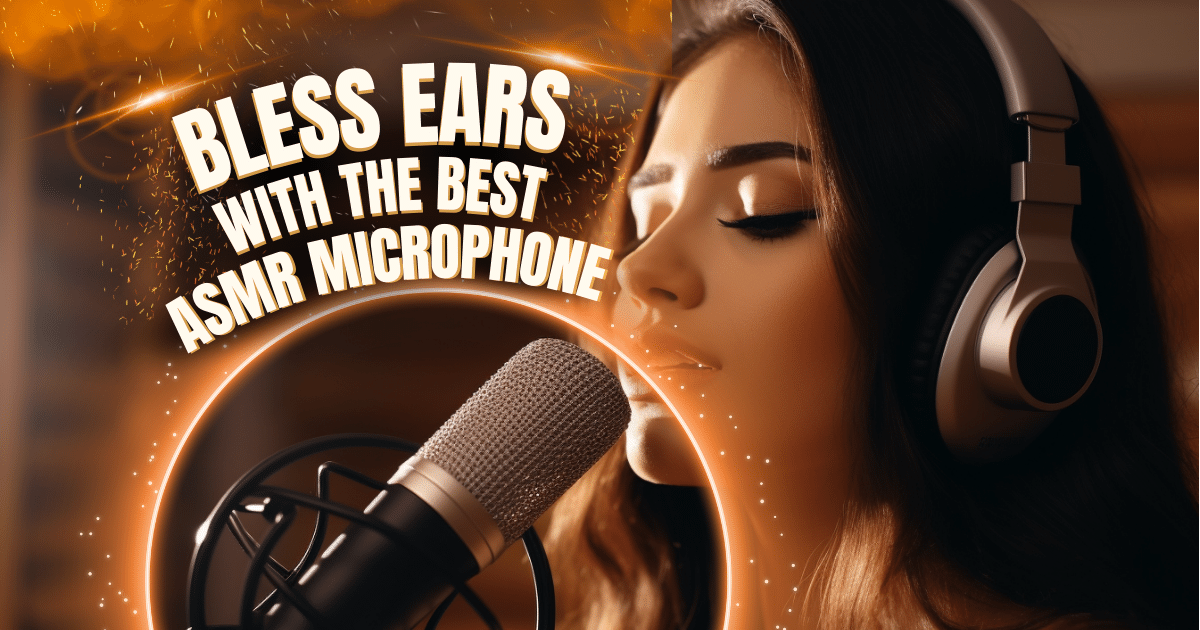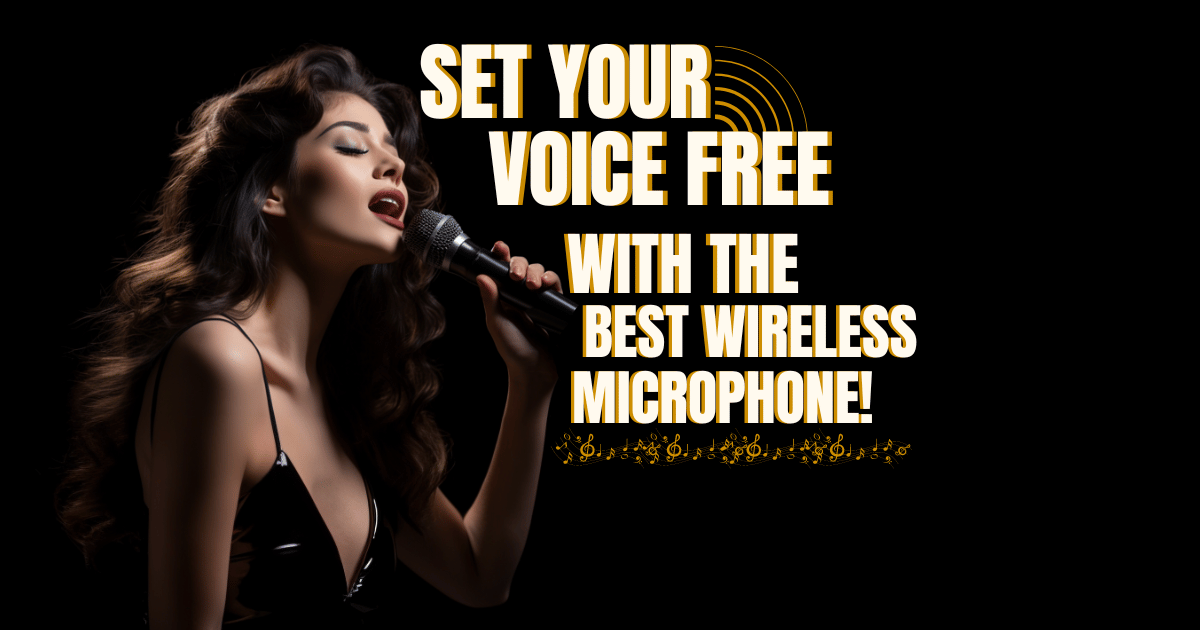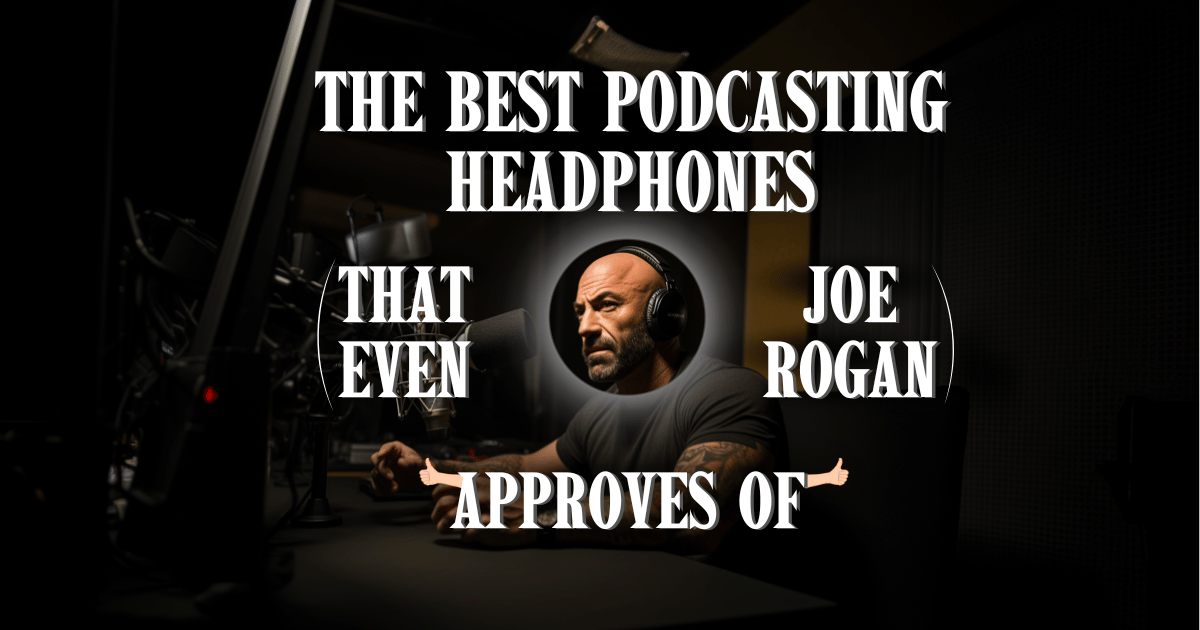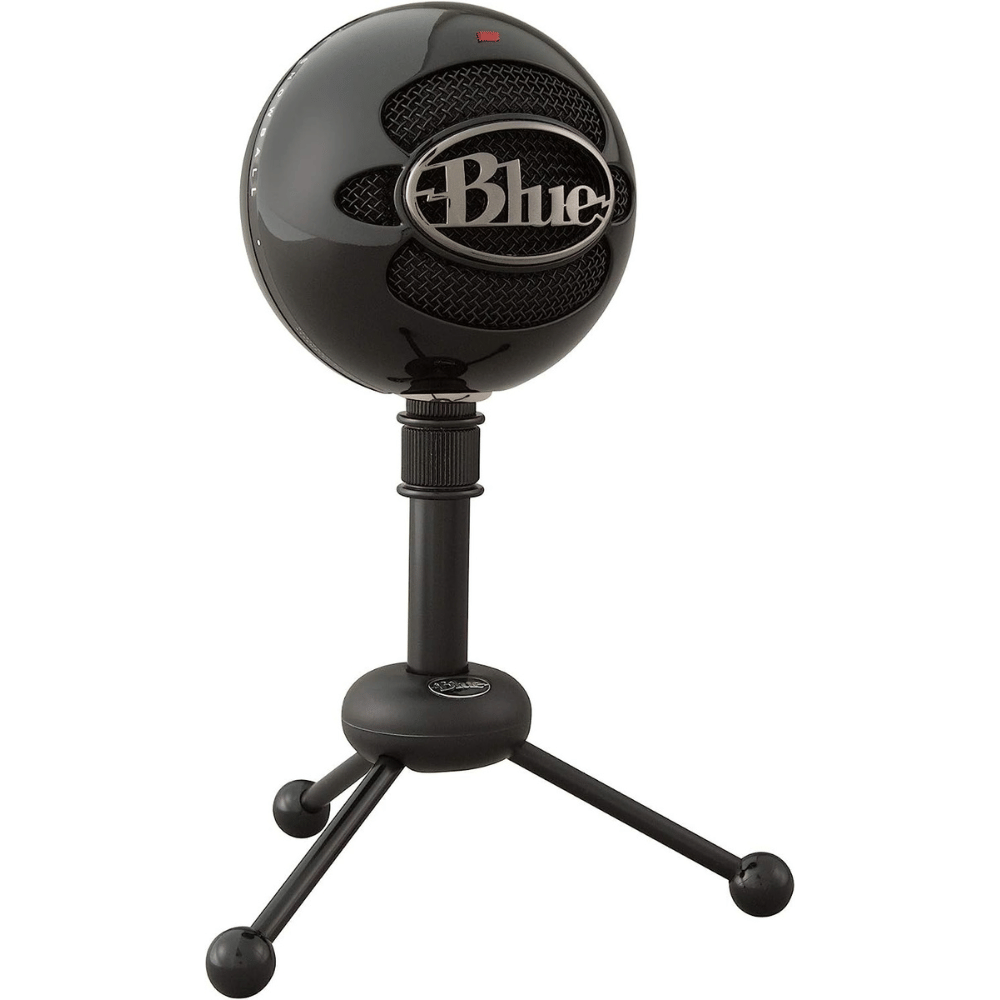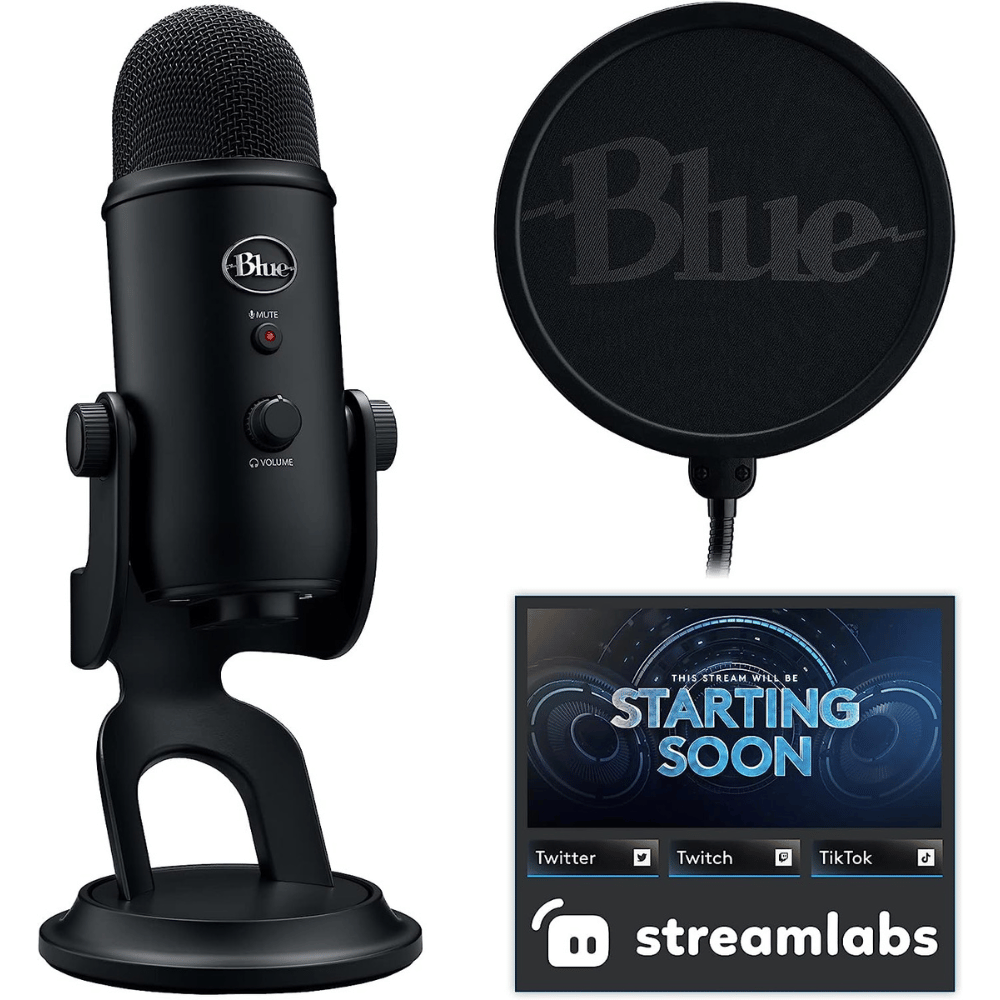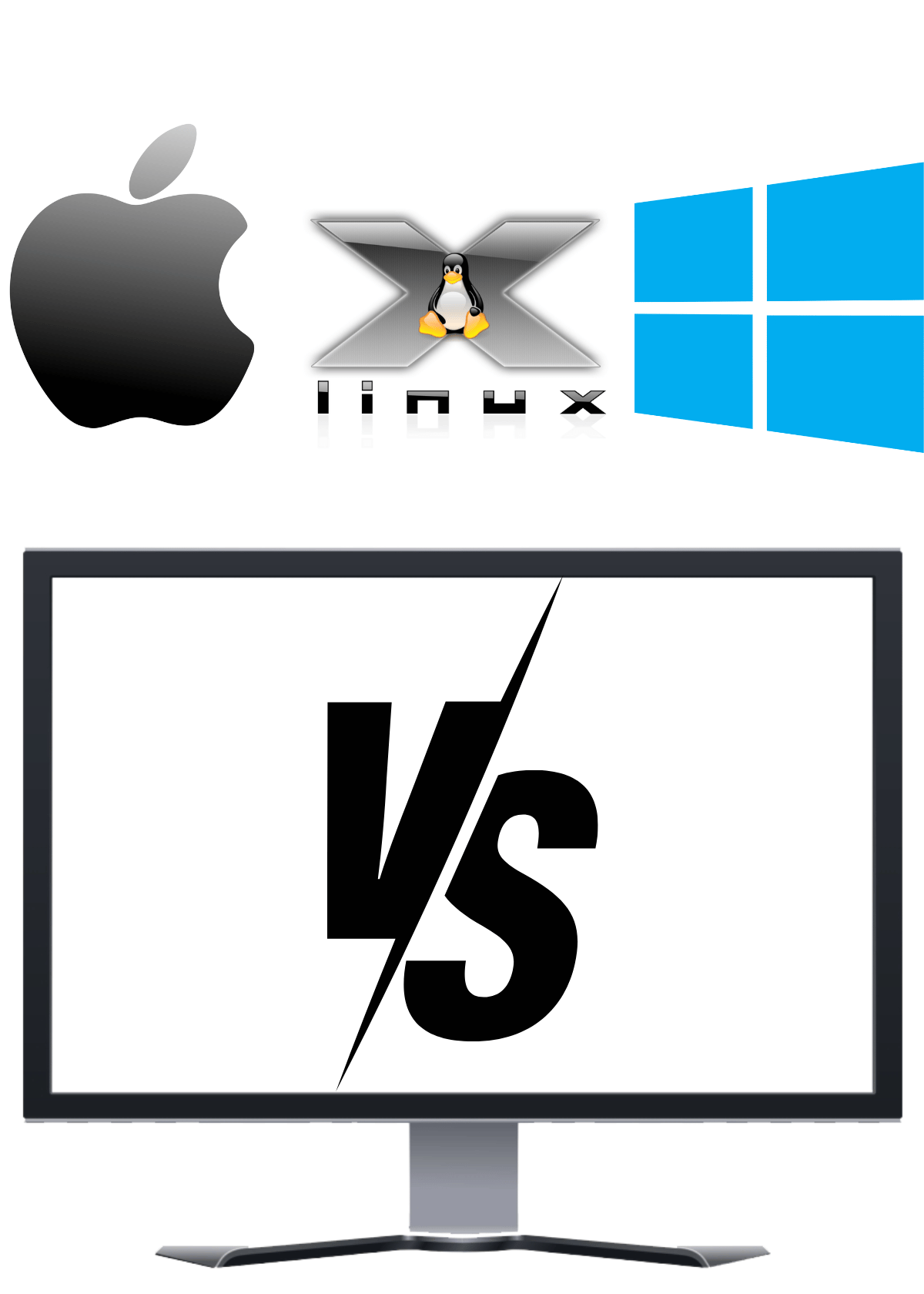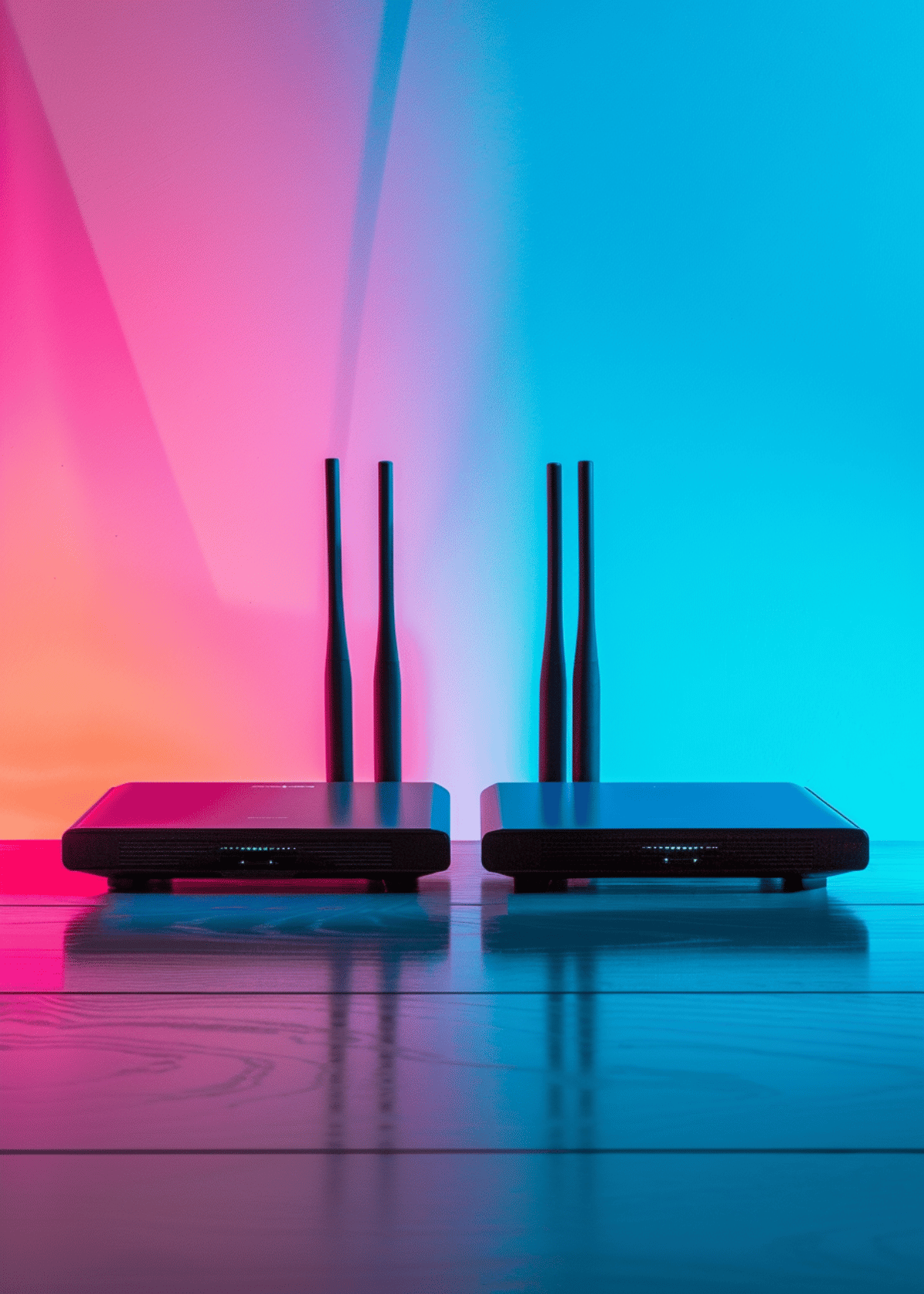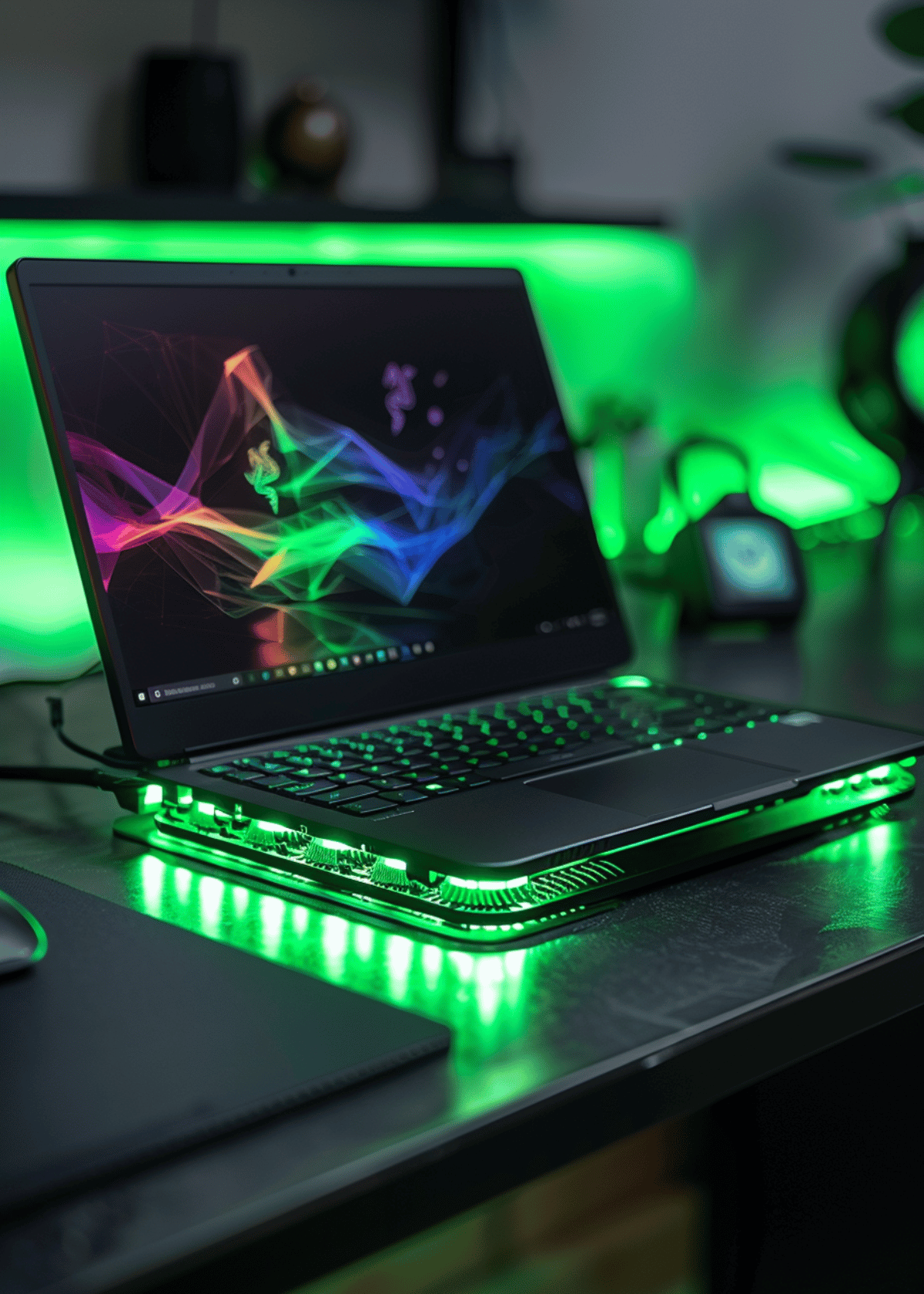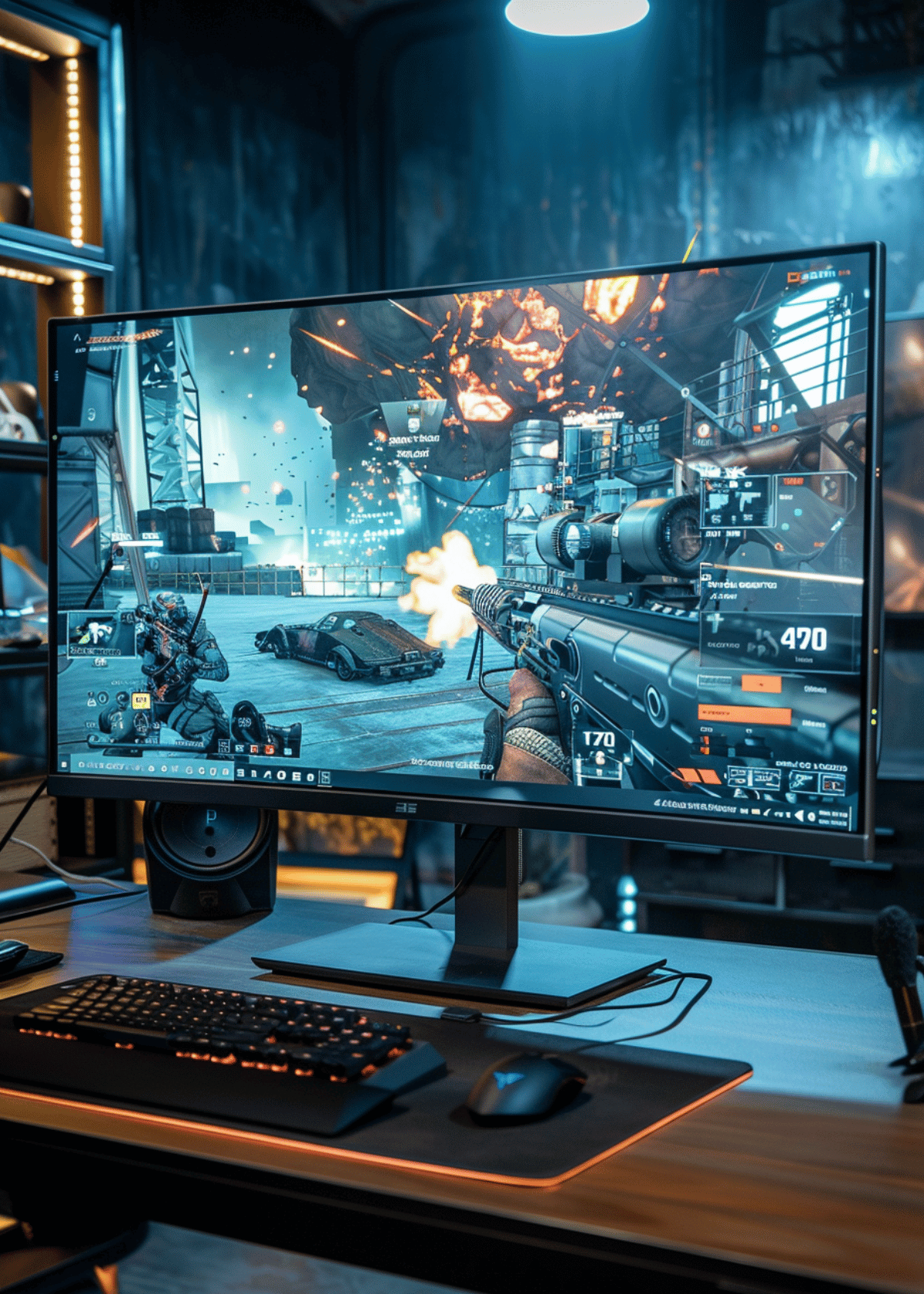Instantly Grow Your Channel With The Best Microphone for YouTube 🚀
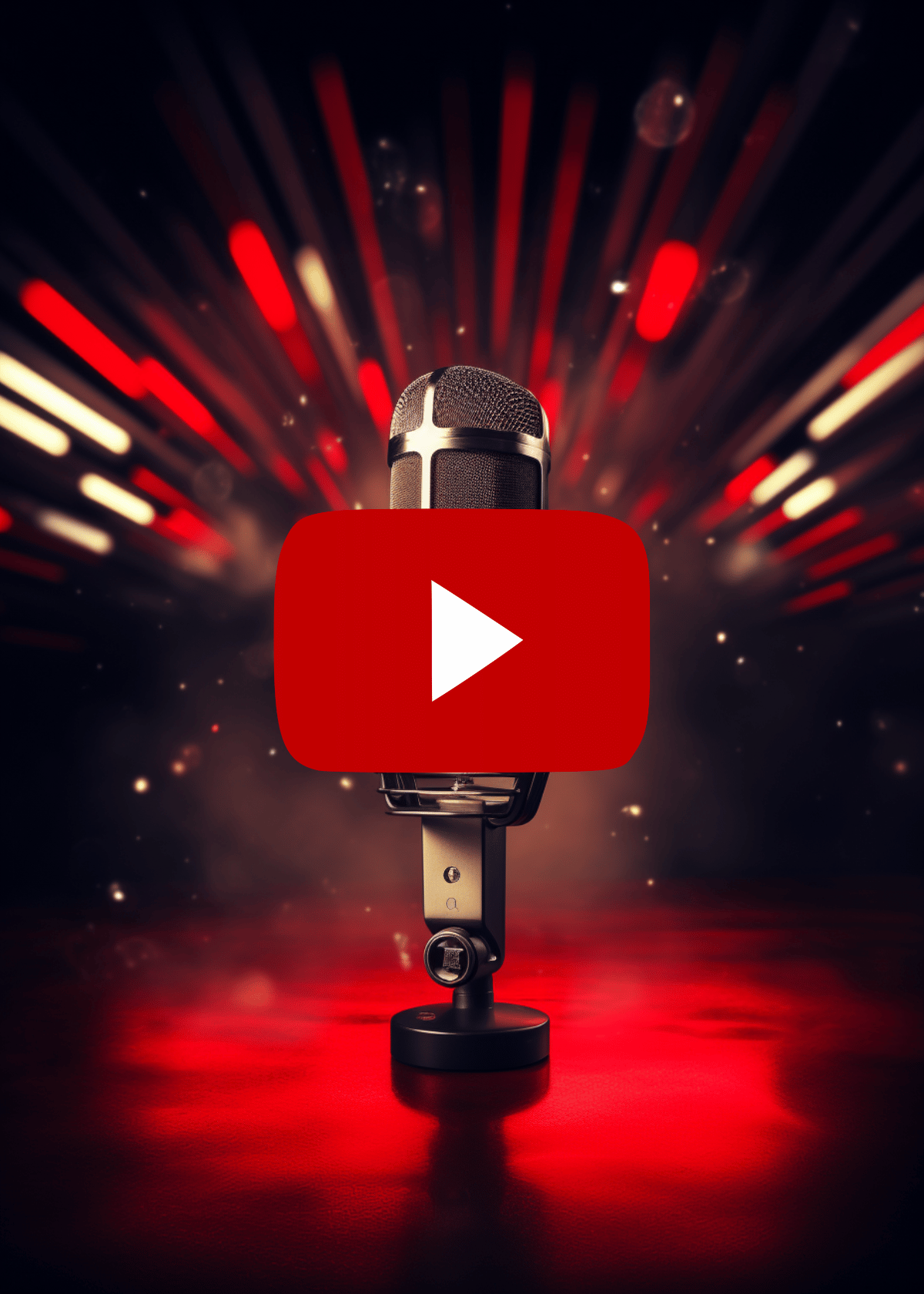
Are you a YouTuber looking for the ultimate tool to boost your content game? Then it’s time to ask yourself: what is the best microphone for YouTube in 2023? A great mic can totally make or break your channel’s audio, so we dug deep and did our due diligence on researching top models to create this handy guide. We’ll give you some tips on finding the right mic plus get a little deeper into specs and quality so that by the time you're done, you'll have all of the knowledge necessary when it comes to investing in an awesome microphone! Let's dive right in!
How We Chose The Best Microphones For You Youtubers! 🏆
It can be hard to know which microphone is right for you, especially when you're starting out as a content creator.
Not only do you need to worry about the type of content you want to create, but also the equipment you'll need to make it happen. This can include everything from a good camera to the perfect microphone.
After hours of research, we've put together a list of the 3 best microphones for content creators. Whether you're creating YouTube videos, podcasts, or just want better audio quality for your online calls, we've got you covered.
Blue Snowball USB Microphone
Product Highlight - The Best Budget Microphone 💸
Why We Love This Mic ♥-
Want crystal clear sound, a simple setup and something that won't break the bank? Our Blue Snowball USB Microphone is perfect for audio creators! This mic is one of the easiest I've ever used and produces excellent audio quality. Whether you're doing voiceovers, streaming gaming sessions, or recording funny skits, your friends will thank you (and so will your ears!)
The Snowball has a switch on the back with 3 options, allowing you to change how the mic picks up sound - 1 and 2 pick up sound only coming from the front while 3 is omni mode which lets the mic capture sound from all sides. So no matter what kind of environment you’re in (or how far away from your mic), you can be sure that it captures every word clearly.
At a price point that won't break the bank and an easy-to-use design, this microphone should be at the top of your list for anyone who wants to easily make their voice heard! So what are you waiting for? Pick up a Blue Snowball today and get ready to wow your audiences!
What You Should Know About This Mic-
If you're looking for condenser microphone that won't break your budget and won't take up much space, the Blue Snowball is definitely the way to go. For a tiny mic, the sound it produces is huge – in fact, it's practically ginormous. And despite its diminutive size, that sound comes out sounding clear as a bell! Whether you're doing live recordings or voiceovers for videos or podcasts, the Blue Snowball packs a punch in the sound quality department without wrecking your wallet.
Logitech Blue Yeti
Product Highlight - The Best Microphone Overall 🥇
Why We Love This Mic ♥-
Are you looking for an all-singing, all-dancing microphone to give your content the boost it needs? Look no further - Logitech’s Blue Yeti is here! For years, it has been the number one go-to pick for serious content creators due to its crystal clear sound and dependability. And with good reason - blue is a trusted name in computer tech owned by Logitech, and their Yeti model sounds even better than their amazing Snowball product! So don’t wait - if you're a YouTuber who's ready to take things to the next level, the Blue Yeti will be your ultimate sidekick.
What You Should Know About This Mic-
The Blue Yeti condenser microphone packs an audio punch with its crisp, clear sound quality. It's designed to capture high fidelity, so you don't have to worry about any sketchy-sounding recordings. In addition, the mic comes with a pop filter that helps filter out any unwanted background noises that might distract from your recordings or stream sessions. And if you're in the mood for a bit of fun, the Blue Yeti also has advanced voice modulation, which is like having your very own moderator to give your audio some wacky character and flair.
Audio-Technica ATR2100x-USB Cardioid Dynamic Microphone
Product Highlight - The Best Valued Dynamic Microphone 🎤
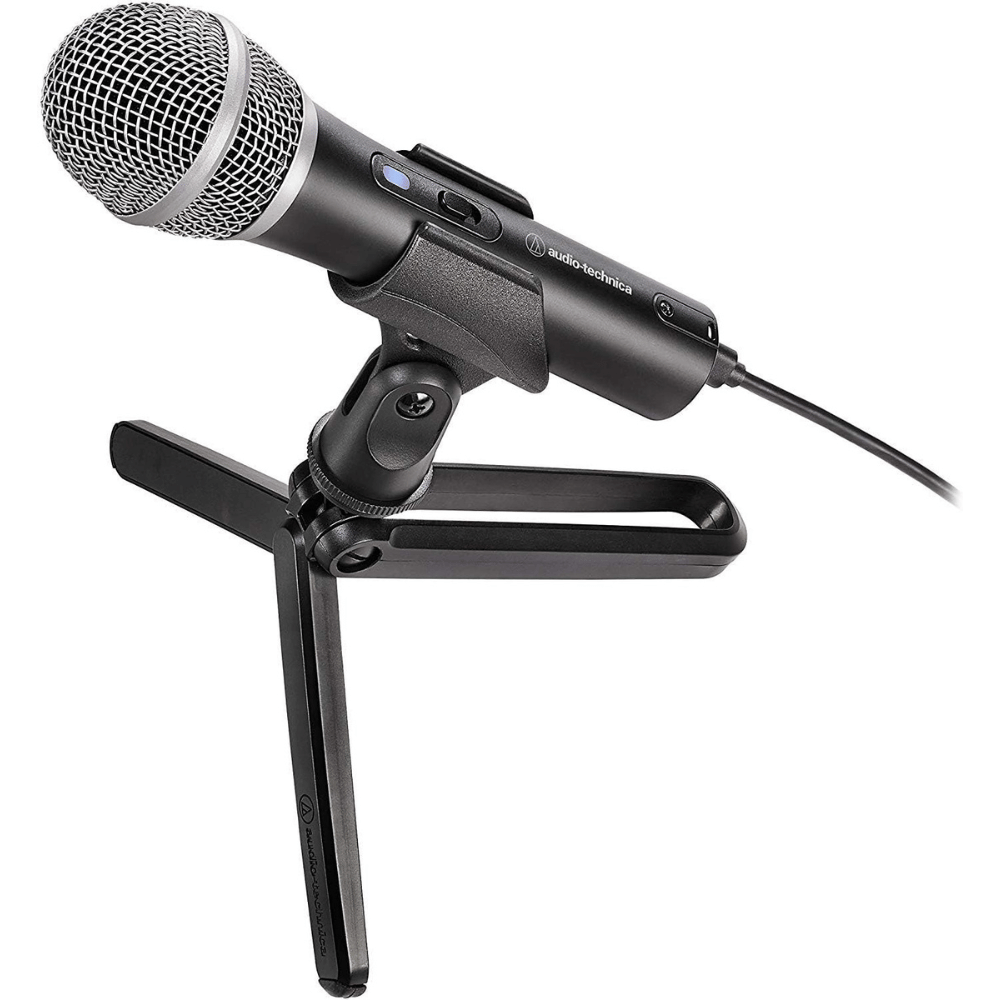
The Best Valued Dynamic Microphone
Audio-Technica ATR2100x Cardioid Dynamic Microphone
Why We Love This Mic ♥-
Attention all YouTubers! Do background noises in your video have you feeling down? Look no further than the Audio-Technica ATR2100x-USB Cardioid Dynamic Microphone! This dynamic cardioid mic is the perfect solution to get rid of those pesky background noises that leave your production quality a little deflated. Not only will it help clear up any unwanted sounds, but this mid-priced mic has been said to produce some fantastic sound quality by even people who have owned both Snowball and Yeti mics. So what are you waiting for? Get yourself the Audio-Technica ATR2100x-USB Cardioid Dynamic Microphone today and say goodbye to ambiance interference – forever!
What You Should Know About This Mic-
Forget background noise - the Audio-Technica ATR2100X Microphone is here to save the day! With its cardioid polar pattern and quality A/D converter with 24 Bit, up to 192 kHz sampling rate, you'll finally be able to record your projects in the best sound quality imaginable. Plus, its low-mass diaphragm and included mic stand ensure that your audio will remain as clear and crisp as possible. So don't delay; get the Audio-Technica ATR2100X Microphone today so you can capture all of life's most cherished moments in quality audio!
Frequently Asked Questions (FAQs) When Looking For The Best Microphone For YouTube? 💭
You want to start a YouTube channel, but don't know which microphone to buy.
It can be hard to figure out which microphone is right for you when there are so many different types and brands on the market.
We've compiled a list of the most frequently asked questions about microphones for youtubers to help make your decision easier.
What Are Condenser Microphones?
Welcome to the wonderful world of condenser microphones, and if you're looking to up your game in recording YouTube videos then you've come to the right place! A condenser microphone is a type of microphone that uses a capacitor (also known as an "electret") to convert sound into an electrical signal. This type of microphone excels at capturing nuance, detail and dynamic range in recordings — making them ideal for applications such as YouTube recordings where accuracy and detailed audio quality are important.
So what makes a condenser microphone better than other types? Well, firstly it has an extended frequency response meaning it can capture sounds from very low bass frequencies up through the highest treble frequencies. Secondly, its diaphragm is much more sensitive so it’s able to detect even the slightest nuances in voice or sound. And thirdly, because of its design condenser mics can also pick up quite distant audio sources making them excellent for ambient recordings.
If you're looking for a good mic specifically for recording YouTube videos there are several factors that you'll want to keep in mind when choosing one: pricepoint (as always!), pickup pattern (directionality), size/weight (will it be easy to transport?), frequency response/accuracy, noise handling capabilities and sensitivity level (the higher this number then the easier time your mic will have picking up quieter sounds). With these criteria taken into consideration some popular options amongst YouTubers include Rode NT1A - Audio-Technica AT4040 - Blue Yeti Pro - Neumann TLM 103 – Shure SM7B – AKG C414 etc…
In conclusion no matter what kind of broadcast project you’re working on having the best possible choice of microphone is going make all the difference between average sounding content and top-notch production value! Whether this means getting yourself one of those high end studio setup models or settling for something near your budget point; either way stepping things up with better mics will help take your content from good…to great!
What Are XLR Microphones?
XLR microphones, or “X”eLiteurious sound Recordings, are an essential component of any professional studio. They provide superior sound quality over standard USB mics, and with the right setup they can easily capture sounds from up to several hundred feet away! XLR mics use a 3-pin connector (often referred to as a cannon plug) which carries audio signals in both directions.
XLR mics come in all shapes and sizes, but typically have features like built-in preamps, EQ controls, and variable gain settings that allow you to tailor your recordings as needed. They also have a wide range of polar patterns (bi-directional being the most popular) that help reduce background noise while still picking up what you’re trying to record. Additionally, their low impedance makes them resistant to interference from external sources like electrical hums or mobile devices nearby.
In conclusion, XLR mics are an indispensable piece of equipment for anyone looking for professional quality recordings without breaking the bank! Whether you’re capturing audio on stage or in the studio - there’s an Xlr mic out there just waiting to be used!
What Should I Know Before Buying A Microphone?
Buying a good microphone is an important part of setting up a sound recording system. There are many different types of microphones available on the market, but all microphones have some common traits that should be taken into consideration before purchase. Here’s what you should know before buying a microphone:
1. Quality- Make sure to buy a quality microphone that will produce clear recordings without any distortion or artifacts in the audio. Don’t be tempted by ultra-cheap models as they rarely perform at adequate levels and can cause issues with your recordings down the line.
2. Type- Depending on your needs, consider whether you need a condenser or dynamic mic; each type has its own advantages over the other depending on uses. Read reviews from customers who have purchased and tested different mics to make sure it meets your specific requirements before making purchases.
3. Compatibility - If you are using additional equipment (such as mixers) for your recordings make sure to check if your mic is compatible with them both physically and electronically through industry standards such as XLR connectors, etc so there won't be conflicts when connecting components together in future use cases .
4 . Budget - Decide how much money you're willing to spend upfront/long term on purchasing additional accessories such as stands/pop filters or other pieces of gear necessary for recording purposes so you don't run into unexpected costs beyond the scope of initial investment into getting things setup properly right out of the box!
5 . Video Recording Worthiness - If YouTube video recording is part of what motivated this purchase then double check online resources (reviews etc). Some mics work better than others for creating good sounding videos specifically through their frequency response characteristics – not only do audio frequencies matter but also visual ones due to background noise pollution coming from other sources such as computers , phones speakers , AC units etc which may interfere with ongoing selections especially when using built in camera microphones found within cameras themselves!
Should I Get A Headphone Jack Mic Or USB Mic?
Headphones jacks and USB mics both offer advantages and disadvantages, making it difficult to decide which one is the best option. The best microphone for you will depend on your specific needs. If you're just getting started with streaming or recording audio, a USB mic might be the better option because they are plug-and-play devices that require no additional equipment. However, if you want more control over sound quality or plan to upgrade in the future, a headphone jack setup can provide more versatility.
Let's take a closer look at each type of microphone:
A headphone jack mic requires an external microphone connected to an audio interface that converts analog signals into digital signals for computer recording. This type of setup provides significantly greater control and flexibility over sound quality than a USB mic does; however, it also requires special equipment like cables and stands as well as time set up properly before each use. Many professional sound editing suites use this kind of microphone so it’s an ideal choice for those who need high standards of accuracy in their recordings, music production or video creation process.
On the other hand, USB mics don't need any additional equipment (other than the hardware itself) nor do they require extensive setup as they connect directly to your PC via USB port without requiring any external audio interface or preamp device – delivering excellent results right away upon connection! In addition to being easy to use out-of-the box; these mics also tend to be more affordable while offering great audio performance compared with most other types of microphones available today – perfect for podcasting, live streaming on YouTube/Twitch), voiceovers etc.. All in all; if you're looking for optimal convenience without having to invest too much money upfront - then go with a usb mic!
What Is The Use Of The Internal Pop Filter Of A Microphone?
The internal pop filter of a microphone serves a very important purpose: it reduces the annoying sounds created by plosive sounds such as "P" and "B". Think of it like the windshield wipers on your car - they help ensure that you have clear, quality audio while speaking.
Internal pop filters can come in different sizes and designs, but basically work to disperse air around the capsule so that, when speech is being recorded, all those plosive consonants don't cause too much disruption. The net result is smoother sound with less distortion.
Having an internal pop-filter helps eliminate bursts of air during recordings. When you speak with too much force or “pop” into your mic – particularly when using directional mics – some of this sound will make its way onto your recording which results in clicks and crackles. The internal filter within some microphones works to lessen these pops by breaking up the single burst of wind into several smaller ones before it reaches the diaphragm providing cleaner recordings without distortion caused by plosives.
Overall, an internal pop filter plays a vital role in producing better sounding audio for podcasting, voiceovers or any other form or vocal performance! Not only does it reduce unwanted noise but also provides natural-sounding output even at low volumes due to its accuracy while reducing distortion reaching diaphragm level which allows clearer vocals to be captured free from excessive hiss and static noise.
How Do I Get Rid Of Background Noise And Ambient Noise?
Ah, the dreaded background noise on your microphone—we all hate it. But, don’t worry! Getting rid of unwanted noise is actually easier than you may think. Here are a few simple tips and tricks that can help you to get rid of background and ambient noise from your microphone:
1. Invest in Quality Equipment: If you’re serious about getting clear audio recordings free from background noise, investing in quality equipment is essential. Investing in a good microphone with high-quality sound capture capabilities will go a long way towards eliminating unwanted sounds.
2. Find the Right Recording Space: Finding the right spot for recording audio is key to reduce background noises. Look for places with fewer sound interruptions like padded rooms or closets, as these places have more acoustic absorbance power which will block out any extra noises more easily than other areas would. Additionally, try to find spaces away from seemingly noisy areas such as air ducts or near outdoor traffic routes where wind and other environmental elements could impact your recording quality too much
3. Use Software Solutions: There are plenty of software solutions available nowadays that allow for further editing after you’ve recorded your audio to help reduce background noises even further – such as Adobe Audition or Pro Tools – so make sure to take advantage of them if needed! Additionally some programs can even learn how specific machines produce a sound and then be trained how best to filter it out from future recordings
4. Utilize Filters & Foams: Another great thing about microphones is their ability to cancel out excess external sounds using special filters/foams placed over top of them; these act like shields against outside commotion while still capturing everything clearly inside its range! Some popular examples include pop guards (which filter pops), blankets (which eliminate echoes) and windsocks (for blocking out windy conditions). So make sure when setting up your mic station that these items are included within its setup!
With just a few adjustments here and there you’ll be well on your way towards reducing those pesky external sounds from affecting whatever content or recordings you create—because no one wants their audience distracted by annoying backdrops instead focusing on what has been said :)
Do I Need A Studio Recording Quality Mic For Recording On YouTube?
The short answer to your question is no, you don't need a studio-quality mic for recording on YouTube. However, that doesn't mean it isn't beneficial.
A studio-grade microphone helps provide higher quality sound which in turn can make your recordings more polished and professional. It allows you to capture a wider range of frequencies with more clarity and detail compared to cheaper mics, perfect for vocalists or podcasters who want the best sound possible. A good mic also improves dynamic range - meaning the difference between quietest and loudest sounds can be greater than with budget mics; great for those wanting to capture nuances in their vocals or audio recordings such as musical instruments such as acoustic guitars or pianos.
But most importantly, having a high quality mic gives you peace of mind knowing that no matter how many times your video gets watched or shared online, it will always maintain its original level of audio fidelity over time - meeting industry standards without any edits needed after recording.
So should you buy one? Ultimately this decision comes down to personal preference depending on how serious you take content creation and what kind of budget you have available for the project at hand. Often, cheaper solutions are just fine if used correctly (such as using an external pop filter) but if money's not an issue then investing in something like a Rode NT1A will both get rid of background noise while providing superb sonic accuracy that any budding YouTuber/podcaster should be proud of!
Time To Grow Your Channel With The Best Microphone!
On that note, take it from me— someone who understands how vital a quality mic can be for success in the content creating industry —finding the correct microphone was one of the best decisions I ever made. There’s nothing like being able to control your audio and create content without worrying about second-rate sound or poor frequency responses. The right mic can make all the difference when crafting impactful videos, lyrics, and podcasts. And now that you know my top three picks, go out there and get yours today! Get yourself a new mic so you can make your dreams come true. What are you waiting for? Let's turn those aspirations into reality then!
More For You ⬇🎤⬇
